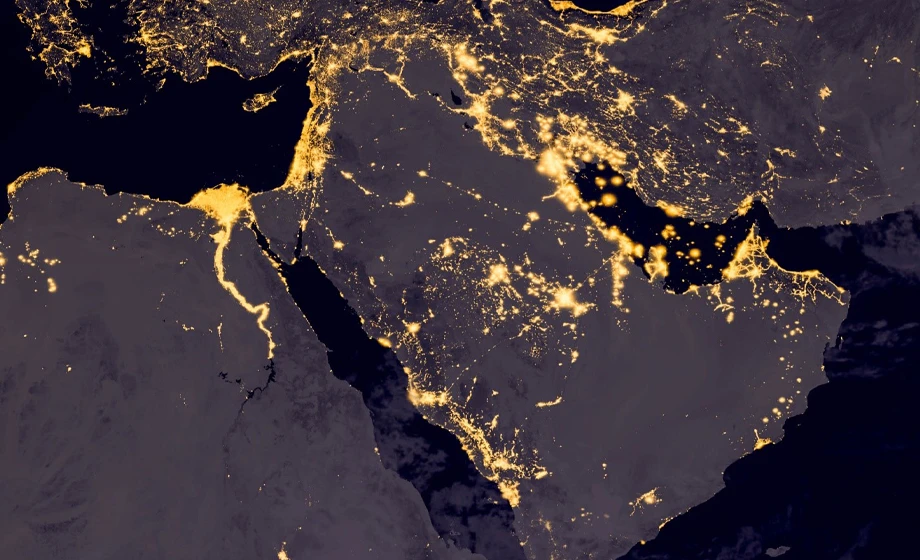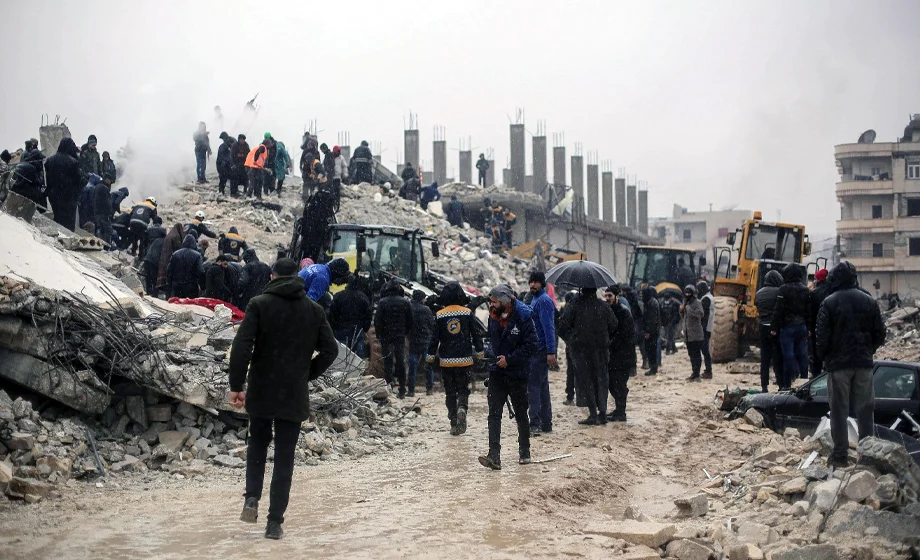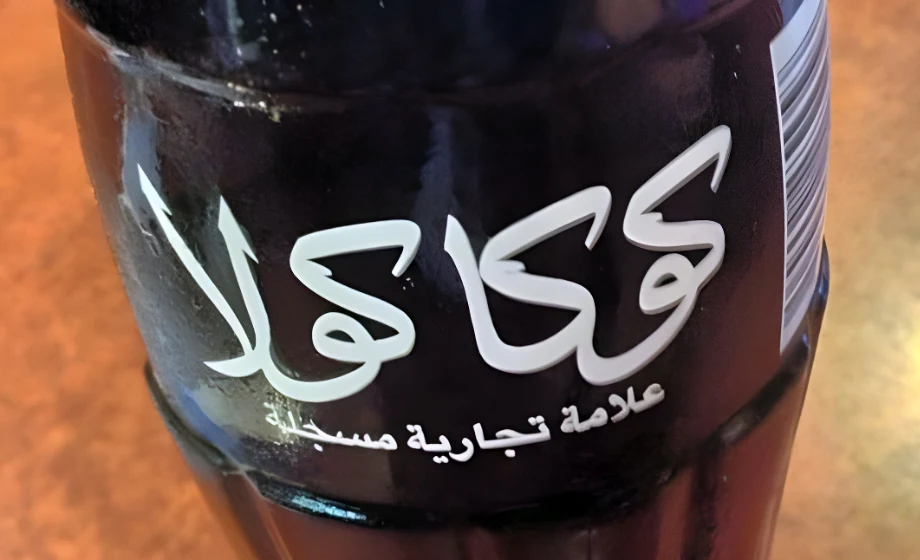Once the birthplace and home of ancient empires, wealthy cities, and a rich cultural heritage, Syria has held sway over the world’s attention recently under more unfortunate circumstances. Ever since the Arab Spring uprising in 2011, the nation has been embroiled in a devastating civil war, which precipitated one of the worst humanitarian and refugee crises in the modern era. Many view the conflict as a “proxy” war among other intervening superpowers and various groups currently fighting therein. Amidst all of the confusion and strife, finding adequate Syrian Arabic translation services is more crucial to international interests now than ever before.
Maybe you are a defense contractor that needs to translate intelligence reports or training documents for locals. Perhaps you’re an NGO hoping to fully grasp the situation on the ground among the Syrian people via print or TV journalism. Or maybe you simply appreciate the vast array of Syrian literature, music, and pop culture. Whatever the reason or project, we here at Industry Arabic have the means, experience, and cultural know-how to satisfy any of your Syrian Arabic translation needs. See below for a brief exposition of our company’s translation credentials, methodology, and familiarity with this essential Arabic dialect.
Features of Syrian Arabic
Syrian Arabic is part of a broader dialect category of “Northern Levantine Arabic” (shaami in Arabic [شامي], which comes from the classical name for Syria, Al-Shaam). Yet, there are two distinct dialects within Syrian Arabic itself: the Damascus dialect (the standard dialect for most of the country) and the Aleppo dialect (spoken in the north of the country). Due to the legacy of colonialism, Syrian Arabic also contains a lot of loan words from French, Turkish, and Persian that are used frequently. Syria also boasts of a number of other languages that are often spoken by members of different religious communities, such as the Syriac Christians, Druze, and Armenians.
Syrian Arabic shares some of the same pronunciation features prevalent in other areas of the Levant, such as Palestine and Lebanon, as well as Egypt. The most notable difference between shaami and Modern Standard Arabic (MSA) is the letter qaaf (ق), which Syrians pronounce like the letter hamza (ء), i.e. a glottal stop. For students of classical MSA, this could be a challenge to listen to in the spoken vernacular. In addition, some other letters with different pronunciations include thaa (ث), which sounds like a “t” or “s” depending on the word, and dhaal (ذ), Daad (ض), and Dhzaa(ظ) all of which sound like a “z”. Another linguistic feature of Syrian Arabic is the placement of the letter baa (ب) at the beginning of present tense verbs.
Our Syrian Arabic Translation Philosophy
At Industry Arabic, we developed a translation method suitable for grasping the subtleties of this important dialect. Our translation philosophy considers all of the linguistic and cultural aspects of Syrian Arabic, ensuring that you will receive a high-quality and accurate product. Below is a brief summary of what you can expect from an Industry Arabic translation:
- 100% Expert Human Translators: Automated translation programs have a hard time deciphering the intricacies of formal Arabic, let alone any particular dialect. Fortunately, Industry Arabic’s team of vetted Syrian translators can navigate the intricacies of your project, with careful attention to the document’s relevant terminology and style. Many of them specialize in specific areas, such as technical, legal, and medical translation. We also work with people we trust in many different time zones. So, you can rest assured that your time-sensitive project is ongoing, even while you sleep!
- Two-Step Verification: Every translation goes through a two-stage review process to verify accuracy and readability. After finishing the translation, the translator edits and revises their work against the source text. Then, they submit the document to our project managers, who proofread it and ensure that it is ready for delivery. In this way, we can guarantee that multiple translators have reviewed your project and crafted it to suit your stylistic needs.
- Multi-Format Translations: We deal with a variety of source documents on a daily basis, be it Word docs, Powerpoints, Adobe PDFs, or entire websites. As such, we are experts in handling all of your project’s formatting issues, such as image/graphic localization and switching text directionality (to match Arabic’s right-to-left orientation). We can also translate and subtitle the latest Syrian news clip or soaps. In the end, no matter the format, we will make any project look presentable to the target audience.
Previous Syrian Arabic Translation Projects
Here are a few examples of completed Syrian Arabic projects we have done in the past:
- Documentary Interviews: We transcribed, translated, and subtitled a series of interviews given in Syrian Arabic for a documentary series on the Arab Spring.
- Graphic Novel Localization: We translated a graphic novel and accompanying animated short films promoting awareness of terrorist organizations among Arab youth. The content was localized into both Moroccan and Syrian Arabic.
Ready to Get Started?
Our team is always ready to help you tackle any project you may have. For all of your Syrian Arabic translation needs, just click the orange button at the top-right of your screen. From there, you can submit your project for a free and accurate quote and begin the translation process!


